How many tables fit in a 10×20 pop up tent?
How many tables fit in a 10×20 pop up tent?
The number of tables that can fit in a 10×20 pop-up tent depends on the size and layout of the tables, as well as the intended use of the space. Here are a few considerations:
Table Size: The size of the tables is a crucial factor. Standard rectangular banquet tables are often 6 feet long, while round tables may have a diameter of 60 inches (5 feet). If using 6-foot tables, you could fit approximately four of them lengthwise in a 10×20 tent.
Aisle Space: Consider leaving enough space for aisles between tables to ensure easy movement. This is especially important if the tent is used for events like parties, weddings, or trade shows.
Seating Arrangement: If the tables are set up for dining with chairs, you’ll need to allow space for each chair. Round tables usually accommodate fewer chairs than rectangular ones.
Other Equipment: If there are other items in the tent, such as a buffet, bar, or a stage, this will affect the available space for tables.
As a general guideline, for a 10×20 pop-up tent:
Using 6-foot rectangular tables: You might fit approximately four tables lengthwise, providing a narrow aisle between them.
Using 5-foot round tables: You could potentially fit two or three round tables, allowing for some space between them.
It’s essential to plan the layout based on your specific needs and the type of event you’re hosting. Keep in mind that these are general estimates, and the actual number may vary based on factors like table size, event requirements, and personal preferences for spacing.
What is 10×20 pop up canopy heavy duty?
Have you considered customizing 10×20 outdoor tent to attract more target customers?
Certainly! Customizing a 10×20 outdoor tent can be a highly effective way to attract more target customers and create a memorable brand presence. Here are some considerations and ideas for customization:
Branding and Logo: Incorporate your brand logo, colors, and tagline prominently on the canopy. This helps in brand recognition and visibility from a distance.
Graphics and Imagery: Use high-quality graphics and imagery that align with your brand identity. Visual elements can capture attention and convey your message effectively.
Product Showcase: If applicable, showcase images or graphics of your products or services on the tent. This provides a clear understanding of what your business offers.
Contact Information: Include your contact details, such as website, phone number, and social media handles. Make it easy for potential customers to connect with you.
Slogans or Catchphrases: Consider incorporating catchy slogans or taglines that resonate with your target audience. Memorable phrases can leave a lasting impression.
Interactive Elements: Create interactive elements on the tent, such as QR codes linked to promotions or giveaways. Encourage attendees to engage with your brand digitally.
Product Demos or Displays: If space allows, set up product demonstrations or displays outside the tent to attract curious visitors.
Lighting Effects: Consider adding LED lighting to highlight specific areas of the tent during evening events. This can create a visually appealing and inviting atmosphere.
Customized Accessories: Invest in customized accessories like branded table covers, banners, or flags that complement the overall tent design.
Themed Decor: Align the tent’s customization with specific themes related to your brand or the event. This can enhance the overall aesthetic and create a cohesive brand experience.
Customer Testimonials: Display positive customer testimonials or reviews on the tent. This builds trust and credibility with potential customers.
Social Media Integration: Encourage social media engagement by incorporating hashtags or handles on the tent. Encourage attendees to share their experience online.
Seasonal or Event-Specific Themes: Tailor the tent’s customization to match seasonal themes or the specific nature of the event you’re participating in.
Remember, customization should be done strategically to align with your brand messaging and appeal to your target audience. A well-designed and thoughtfully customized tent can significantly enhance your visibility and engagement at outdoor events.

Do you understand 10×20 heavy duty tent?
A “10×20 heavy-duty tent” typically refers to a robust and durable tent with the dimensions of 10 feet by 20 feet. The term “heavy-duty” indicates that the tent is designed to withstand challenging conditions and is constructed with sturdy materials for increased durability.
Here are key features and considerations associated with a 10×20 heavy-duty tent:
Frame Construction: Heavy-duty tents often have frames made of strong materials such as reinforced steel or aluminum. This provides stability and structural integrity.
Canopy Material: The canopy, which is the fabric covering the frame, is typically made from heavy-duty, weather-resistant material. This material is thicker and more durable than standard canopies, offering enhanced protection against the elements.
Reinforced Design: Heavy-duty tents often feature reinforced design elements, such as thicker legs, crossbars, and additional support features. This reinforcement contributes to the tent’s overall strength.

Who would buy 10×20 heavy duty commercial canopy?
Several individuals and businesses might consider purchasing a 10×20 heavy-duty commercial canopy due to its durability, versatility, and suitability for various applications. Here are some potential buyers:
Event Planners and Rental Companies: Event planners and companies that specialize in renting out equipment for events often invest in heavy-duty commercial canopies. These canopies are ideal for weddings, parties, festivals, and other outdoor gatherings.
Outdoor Vendors and Exhibitors: Businesses participating in outdoor markets, trade shows, and exhibitions may opt for heavy-duty commercial canopies. These canopies provide a reliable and professional shelter for showcasing products and services.
Caterers and Food Vendors: Catering businesses and food vendors operating at outdoor events, fairs, or festivals may find heavy-duty canopies essential. These canopies offer protection for food preparation and service areas.
Businesses Hosting Outdoor Events: Companies hosting outdoor events such as product launches, promotions, or corporate gatherings might invest in heavy-duty canopies for branding and shelter purposes.
Construction and Worksite Applications: Heavy-duty canopies are suitable for construction sites and outdoor worksites where temporary shelter is needed for workers, equipment, or materials.
Emergency Response and Relief Organizations: Organizations involved in emergency response or relief efforts may use heavy-duty canopies as temporary shelters during disaster situations.
Sports and Recreational Events: Organizers of sports tournaments, recreational events, and community gatherings may opt for heavy-duty canopies to provide shade and shelter for participants and spectators.
Educational Institutions: Schools, colleges, and universities organizing outdoor events, fairs, or graduation ceremonies might use heavy-duty canopies to create covered spaces.
Retail Businesses: Retailers participating in outdoor sales events, clearance sales, or seasonal promotions may use heavy-duty canopies for creating temporary retail spaces.
Individuals for Personal Use: Homeowners and individuals organizing private events, backyard parties, or gatherings may also choose a heavy-duty canopy for its durability and reliability.
It’s important to note that the decision to purchase a 10×20 heavy-duty commercial canopy depends on the specific needs and requirements of the buyer. Factors such as intended use, frequency of use, and environmental conditions will influence the choice of a heavy-duty canopy for commercial purposes.

How big is 10×20 ft tent?
A 10×20 ft tent is a rectangular tent with dimensions measuring 10 feet in width and 20 feet in length. This type of tent provides a total covered area of 200 square feet. The size makes it a popular choice for various outdoor events and activities where shelter or coverage is needed.
Here are a few key characteristics of a 10×20 ft tent:
- Dimensions: 10 feet (width) x 20 feet (length)
- Total Area: 200 square feet
- Shape: Rectangular
- Versatility: The size is versatile and can accommodate different setups, including booths, stalls, event spaces, and more.
- Common Uses: 10×20 ft tents are commonly used for parties, weddings, trade shows, outdoor markets, festivals, and other events where temporary shelter is required.
It’s important to note that the actual usable space may vary depending on the tent’s design, features, and any additional elements such as sidewalls or awnings. Additionally, the term “10×20 ft” refers to the dimensions of the tent frame and canopy, and the footprint may be slightly larger when considering the space required for anchoring or staking the tent. Always check the product specifications provided by the manufacturer for precise details on the tent’s dimensions and features.
How long does 10×20 easy up canopy usually take to install?
The installation time for a 10×20 Easy Up canopy can vary based on several factors, including the design of the canopy, the experience of the person setting it up, and whether additional features or accessories are being used. Generally, Easy Up canopies are designed for quick and straightforward assembly. Here are some factors that can influence the installation time:
Frame Design: Easy Up canopies typically feature a collapsible frame that allows for quick setup. Look for canopies with a user-friendly frame design, such as pop-up or instant-setup mechanisms.
Number of People: The installation process can be more efficient with more hands. While a single person can often set up a 10×20 Easy Up canopy, having additional assistance can expedite the process.
Experience: Familiarity with the canopy and its assembly process can significantly reduce the installation time. As users become more experienced with the specific model, they tend to set it up more quickly.
Assembly Features: Some Easy Up canopies come with features like pre-attached components, color-coded elements, or an accordion-style frame that simplifies the setup. Check for these features in the specific model.
Instructions: Clear and detailed assembly instructions are crucial. Ensure that the canopy comes with comprehensive instructions, and follow them step by step.
Tools: Easy Up canopies are typically designed for tool-free setup. Check whether any tools are required and make sure you have them on hand if needed.
As a general guideline, a 10×20 Easy Up canopy can often be set up in approximately 15 to 30 minutes with one or two people. This estimation can vary, and some users may find they can set up the canopy even more quickly with practice.
Always refer to the manufacturer’s instructions and guidelines for the specific canopy model you have, as different models may have unique features and requirements. Additionally, practicing the setup process before the actual event can help streamline the installation.
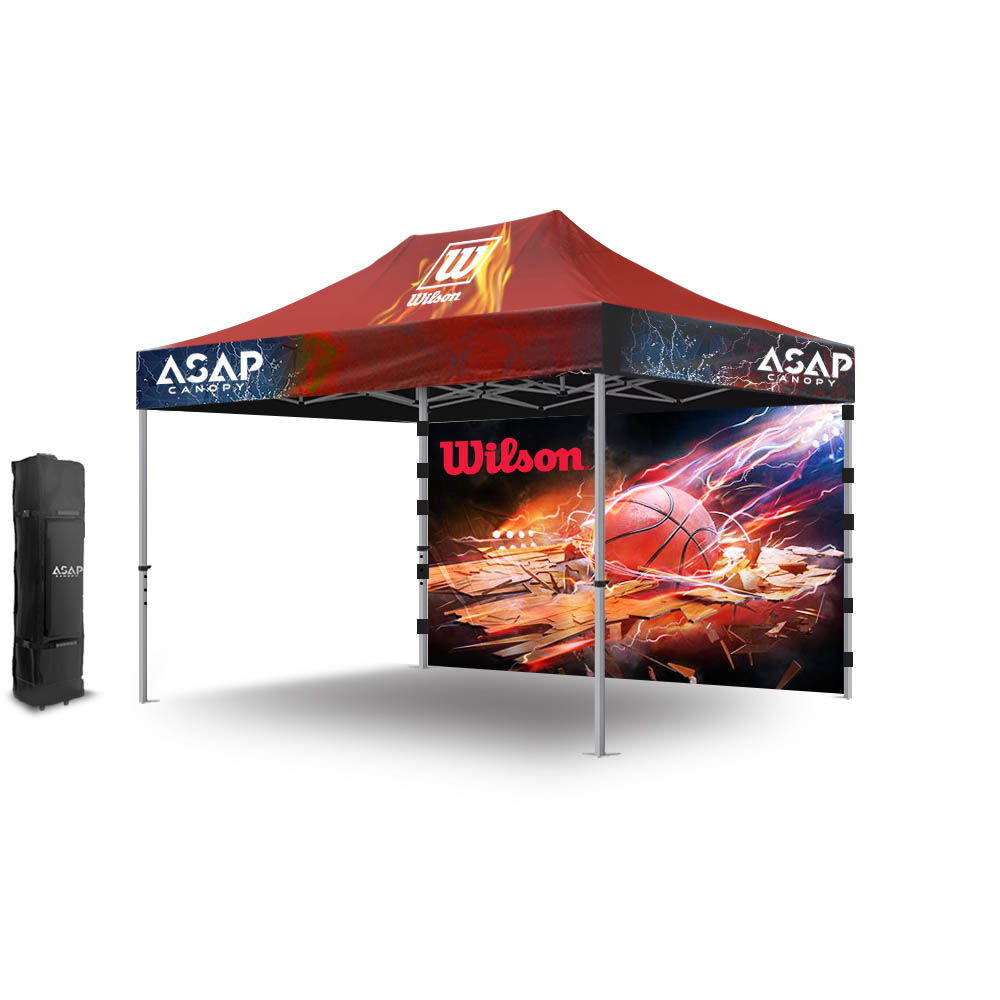
What to pay attention to when customizing 10×20 custom canopy?
Customizing a 10×20 canopy involves several considerations to ensure that the final product meets your specific needs and preferences. Here are some key factors to pay attention to when customizing a 10×20 custom canopy:
Material and Quality:
- Choose a durable and high-quality material for the canopy fabric. Common materials include polyester or vinyl with weather-resistant and UV-resistant properties.
- Consider the denier (fabric thickness) for durability and resistance to tearing.
Printing and Branding:
- Determine the type of printing you want for the canopy. Common methods include dye-sublimation printing or screen printing.
- Ensure that the printing process allows for high-resolution graphics and vibrant colors.
- Provide a high-quality vector file of your logo or artwork for clear and sharp printing.
Frame Material:
- Select a frame material that aligns with your usage requirements. Common materials include aluminum or steel.
- Consider the weight of the frame for portability and ease of setup.
Frame Design:
- Choose a frame design that suits your preferences. Some canopies have a pop-up or instant-setup design for quick assembly.
- Check for adjustable height options if needed.
Customization Options:
- Explore additional customization options such as sidewalls, half walls, or mesh walls for added protection and privacy.
- Consider customizing the canopy’s valance for additional branding opportunities.
Size and Layout:
- Confirm the size and layout of the canopy to meet your space requirements.
- Pay attention to the interior space to ensure it accommodates your intended use.
Ease of Setup:
- If quick setup is a priority, opt for a canopy with an easy-to-use frame mechanism.
- Check if the canopy comes with pre-attached components for streamlined assembly.
Compliance with Regulations:
- Ensure that the customized canopy complies with any regulations or requirements for events or venues where it will be used.
Additional Features:
- Consider any additional features you may need, such as built-in lighting, custom carrying bags, or weight bags for stability.
Budget:
- Establish a budget for the custom canopy and work within those constraints.
- Compare pricing and features from different suppliers to find the best value.
Reviews and Recommendations:
- Research customer reviews and seek recommendations to ensure the reliability and satisfaction of the chosen customization provider.

What is the difference between a regular tent and 10×20 commercial tent?
The difference between a regular tent and a 10×20 commercial tent lies in their design, construction, and intended use. Here are key distinctions between the two:
Intended Use:
- Regular Tent: Regular tents are often designed for recreational or occasional use. They are suitable for camping, backyard events, or personal use.
- 10×20 Commercial Tent: Commercial tents are specifically designed for frequent and heavy-duty use in commercial settings. They are often used for trade shows, outdoor events, catering, promotional activities, and other business-related applications.
Build Quality:
- Regular Tent: Regular tents may have a simpler and lighter construction. They are often made for temporary use and may not withstand extended exposure to harsh weather conditions.
- 10×20 Commercial Tent: Commercial tents are built with durability in mind. They typically feature stronger materials, reinforced stitching, and robust frames to withstand frequent setup and takedown, as well as exposure to various weather conditions.
Frame Construction:
- Regular Tent: Frames for regular tents are often made of lightweight materials such as fiberglass or aluminum. They may not be as robust as commercial tent frames.
- 10×20 Commercial Tent: Commercial tents typically feature heavy-duty frames made of steel or aluminum. The frames are designed to provide stability and durability, even in challenging conditions.
Durability:
- Regular Tent: Regular tents are designed for occasional use, and their durability may not be suitable for frequent or commercial applications.
- 10×20 Commercial Tent: Commercial tents are constructed to be more durable and resilient. They can withstand the wear and tear associated with regular setup and takedown, making them suitable for frequent use.
Features and Accessories:
- Regular Tent: Regular tents may have basic features and limited accessories. They are designed for simplicity and ease of use.
- 10×20 Commercial Tent: Commercial tents often come with additional features such as sidewalls, windows, ventilation options, and customizable branding. They may also have options for lighting, heating, and other accessories to enhance functionality.
Branding and Customization:
- Regular Tent: Regular tents may not be designed for extensive branding or customization options.
- 10×20 Commercial Tent: Commercial tents often offer opportunities for branding with customizable graphics, logos, and color options to promote businesses or events effectively.
When choosing between a regular tent and a 10×20 commercial tent, consider your specific needs and the intended use. If you require a tent for frequent commercial applications or events, a commercial tent with enhanced durability and features may be the more suitable choice.

How long can 10×20 commercial pop up canopy be used?
The lifespan of a 10×20 commercial pop-up canopy can vary based on several factors, including the quality of materials, frequency of use, maintenance, and exposure to environmental conditions. Here are some general guidelines:
Quality of Materials:
- Higher-quality materials, such as durable fabrics and robust frames, contribute to a longer lifespan. Commercial-grade canopies typically use materials designed for extended use.
Frequency of Use:
- Commercial canopies are built to withstand frequent setup and takedown. If used occasionally and with proper care, the canopy can last longer.
Maintenance:
- Regular maintenance, including cleaning and proper storage, can extend the life of the canopy. Keep the canopy clean, especially if exposed to dirt, debris, or environmental pollutants.
Environmental Conditions:
- Exposure to harsh weather conditions, such as strong winds, heavy rain, or prolonged sunlight, can impact the canopy’s lifespan. Commercial canopies are designed to handle a range of weather conditions, but excessive exposure may accelerate wear and tear.
Storage:
- Proper storage during periods of non-use is crucial. Store the canopy in a cool, dry place to prevent mold, mildew, and damage from insects or rodents.
Frame Material:
- The frame material influences durability. Canopies with frames made from high-quality steel or aluminum are generally more durable than those with lightweight frames.
UV Protection:
- UV-resistant materials provide protection against sun damage. Over time, exposure to UV rays can weaken fabrics and colors.
Brand and Manufacturer:
- Choose a reputable brand and manufacturer known for producing durable and high-quality commercial canopies. Brands with a good reputation often provide products with longer lifespans.

What’s the use of 10×20 commercial canopy with sidewalls?
Weather Protection:
- Rain: Sidewalls offer protection against rain, ensuring that the interior of the canopy stays dry during wet weather.
- Wind: Sidewalls act as wind barriers, reducing the impact of gusts and providing a more sheltered space.
Temperature Control:
- Cold Weather: Sidewalls help block cold winds, providing a more comfortable environment in chilly weather.
- Hot Weather: During hot days, sidewalls can offer shade, reducing exposure to direct sunlight and helping to keep the interior cooler.
Privacy:
- Sidewalls add privacy to the enclosed space, making them suitable for events where a more intimate or secluded setting is desired.
Enhanced Branding:
- Sidewalls serve as additional surfaces for branding and customization. Logos, graphics, and promotional messages can be printed on the sidewalls, effectively promoting a brand or event.
Security and Crowd Control:
- Sidewalls create a more defined and enclosed space, making them suitable for crowd control at events. They help manage the flow of people and create a designated area.
Versatile Configuration:
- Depending on the event or weather conditions, sidewalls can be rolled up for an open-air setup or rolled down for complete enclosure. This flexibility allows for adaptability in different situations.
Insect Protection:
- Sidewalls help keep insects, mosquitoes, and other pests out, creating a more comfortable environment for occupants.
Exhibition and Display:
- At trade shows or exhibitions, sidewalls can be used to create a visually enclosed booth space. This provides a dedicated area for displays, products, and promotional materials.
Catering and Food Service:
- Sidewalls are beneficial for outdoor catering events, providing a controlled environment for food preparation and service.
Weddings and Celebrations:
- Sidewalls add an elegant touch to outdoor weddings or celebrations, creating a more formal and protected atmosphere.
Photography and Filming:
- Enclosed sidewalls help control lighting conditions, making them suitable for photography or filming setups. They block out external elements and provide a controlled environment.




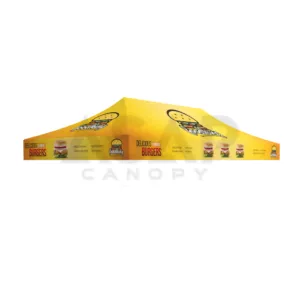
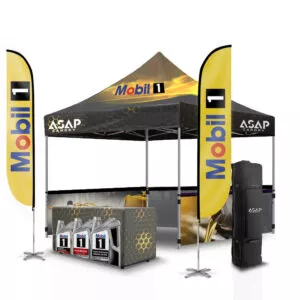


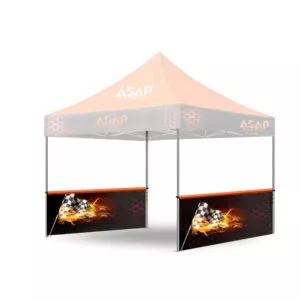
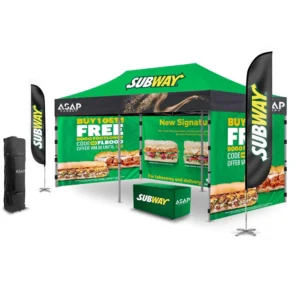

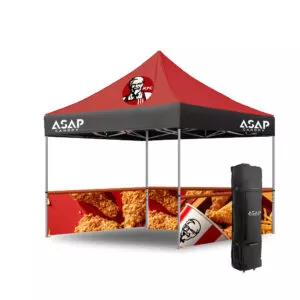
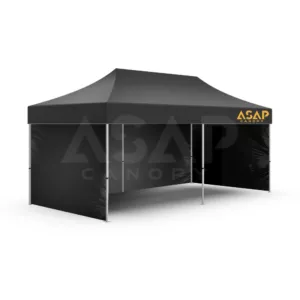



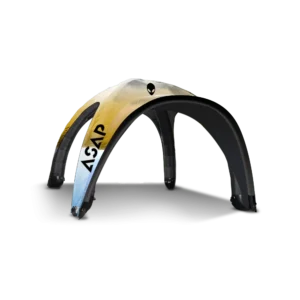

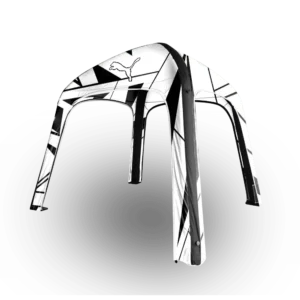



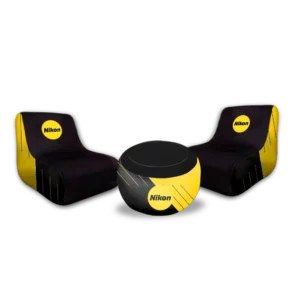




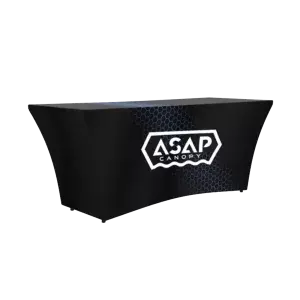

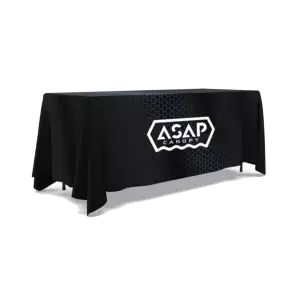





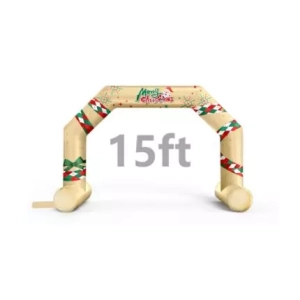





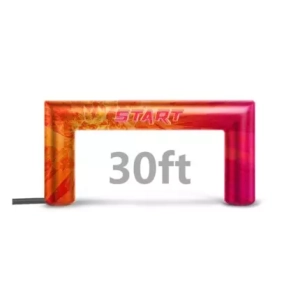





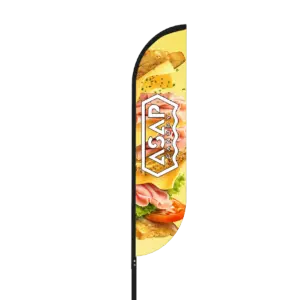


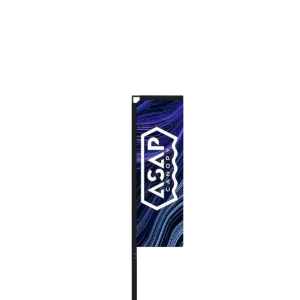

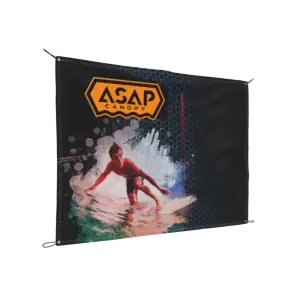
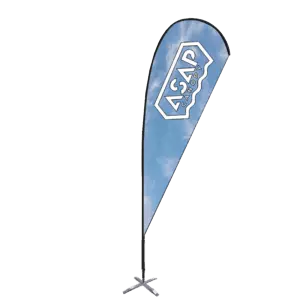

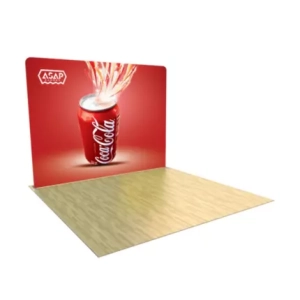

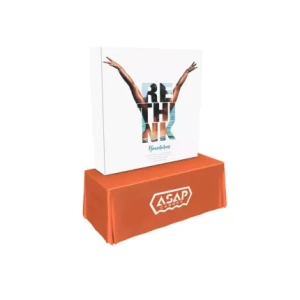
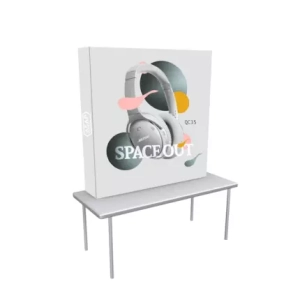
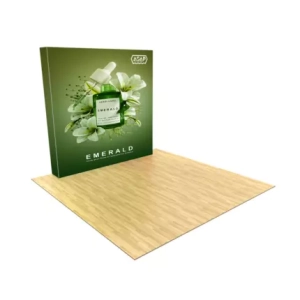


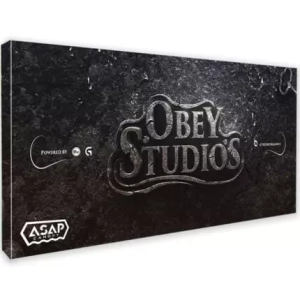
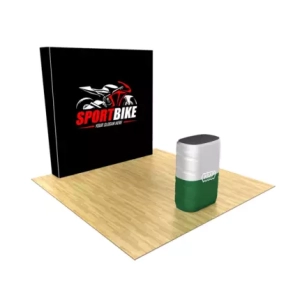



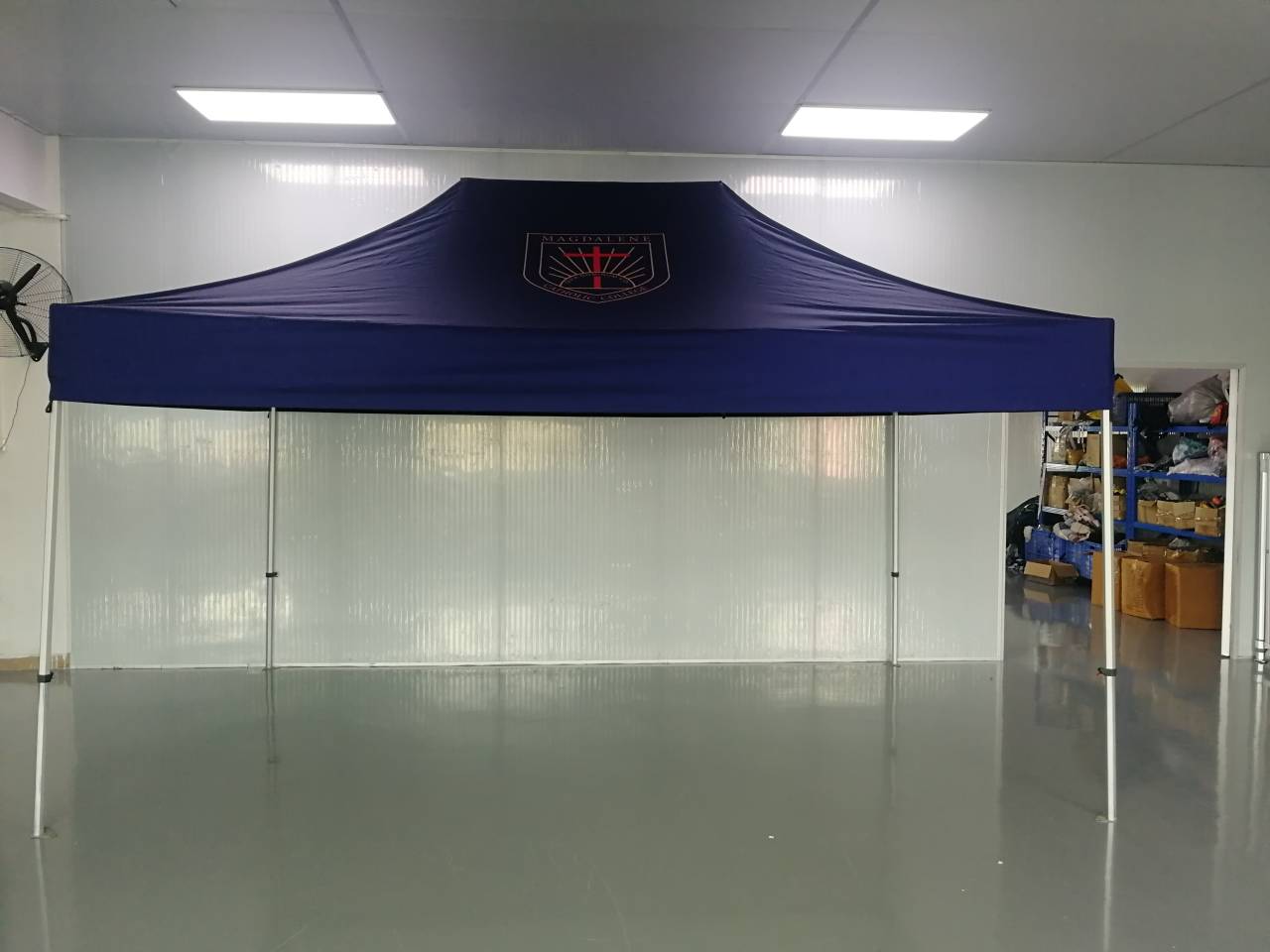



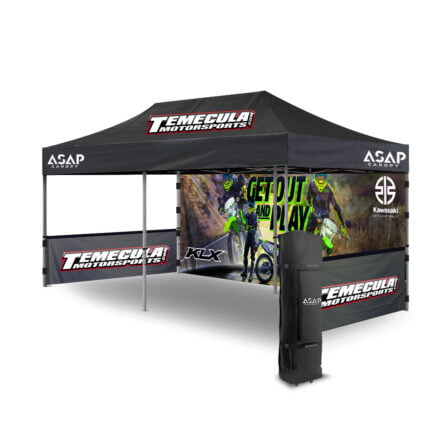


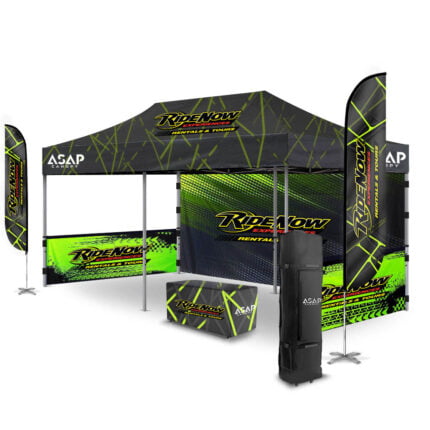





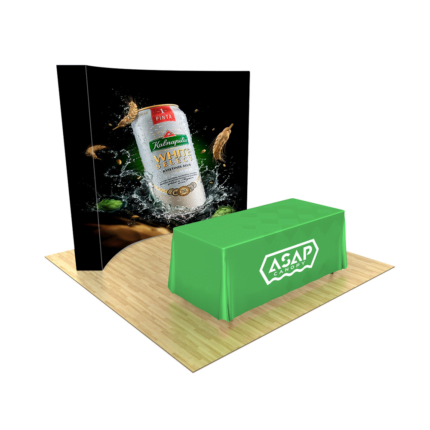


 5×5 Pop Up Tent
5×5 Pop Up Tent 6.5×6.5 Pop Up Tent
6.5×6.5 Pop Up Tent 10×10 Canopy Tent
10×10 Canopy Tent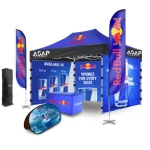 10×15 Canopy Tent
10×15 Canopy Tent 10×20 Canopy Tent
10×20 Canopy Tent Canopy Options
Canopy Options Blank Canopy Top
Blank Canopy Top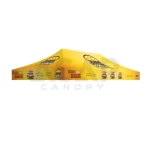 Canopy Top
Canopy Top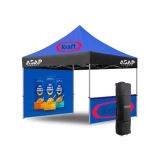 Canopy Walls
Canopy Walls Canopy Side Skirt
Canopy Side Skirt Blank Canopy
Blank Canopy Blank Canopy Kit
Blank Canopy Kit
 Inflatable Canopy Tents 10×10
Inflatable Canopy Tents 10×10 Inflatable Canopy Tents 13×13
Inflatable Canopy Tents 13×13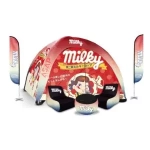 Inflatable Canopy Tents 16×16
Inflatable Canopy Tents 16×16 Inflatable Canopy Tents 20×20
Inflatable Canopy Tents 20×20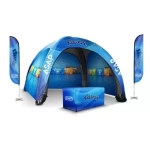 Inflatable Canopy Tents 23×23
Inflatable Canopy Tents 23×23 Inflatable Canopy Tents 26×26
Inflatable Canopy Tents 26×26 Inflatable Spider Tents
Inflatable Spider Tents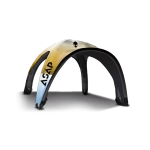 Inflatable Dome Tents
Inflatable Dome Tents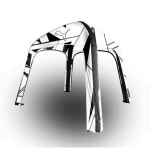 Inflatable Eclipse Tents
Inflatable Eclipse Tents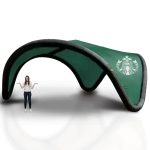 Inflatable Party Tent
Inflatable Party Tent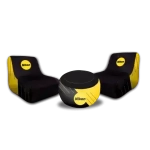 Inflatable Furniture
Inflatable Furniture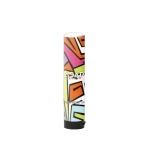 Inflatable Pillar
Inflatable Pillar
 Single Pole Star Tents
Single Pole Star Tents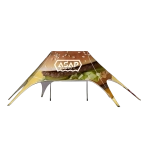 Double Pole Star Tents
Double Pole Star Tents
 15FT Inflatable Arches
15FT Inflatable Arches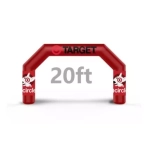 20FT Inflatable Arches
20FT Inflatable Arches 25FT Inflatable Arches
25FT Inflatable Arches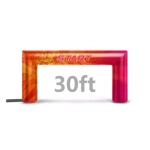 30FT Inflatable Arches
30FT Inflatable Arches 40FT Inflatable Arches
40FT Inflatable Arches 50FT Inflatable Arches
50FT Inflatable Arches Custom Constant Arches
Custom Constant Arches Custom Sealed Arches
Custom Sealed Arches
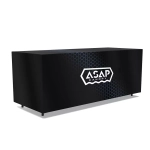 Fitted Table Covers
Fitted Table Covers Stretch-Fit Table Covers
Stretch-Fit Table Covers Loose Table Throws
Loose Table Throws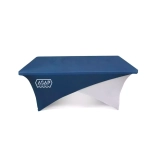 Cross-Over Stretch-Fit Table Cover
Cross-Over Stretch-Fit Table Cover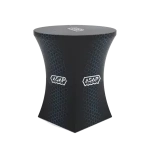 Round Stretch-Fit Table Cover
Round Stretch-Fit Table Cover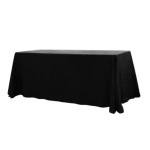 Blank Table Throws
Blank Table Throws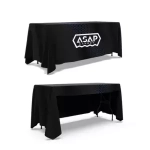 3-Sided Loose Table Throw
3-Sided Loose Table Throw Round Fitted Table Covers
Round Fitted Table Covers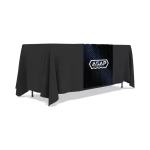 Table Runners
Table Runners Square Table Covers
Square Table Covers
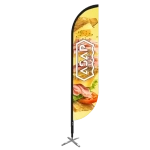 Feather Flags
Feather Flags Blade Flags
Blade Flags Feather Banner
Feather Banner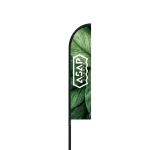 Blade Banner
Blade Banner Teardrop Flags
Teardrop Flags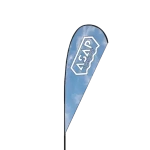 Teardrop Banner
Teardrop Banner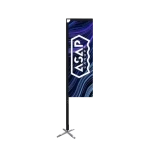 Rectangle Flags
Rectangle Flags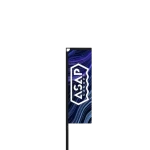 Rectangle Banner
Rectangle Banner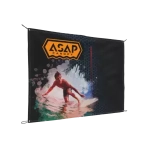 Mesh Event Banners
Mesh Event Banners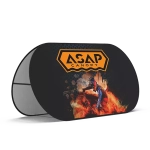 Pop Out Banner Horizontal
Pop Out Banner Horizontal Pop-Out Banner Vertical
Pop-Out Banner Vertical
 Trade Show Display
Trade Show Display Trade Show Display Kit
Trade Show Display Kit Pop Up Trade Show Display
Pop Up Trade Show Display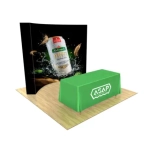 Pop Up Trade Show Display Deluxe Kit
Pop Up Trade Show Display Deluxe Kit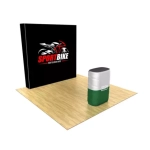 Pop Up Trade Show Display Kit
Pop Up Trade Show Display Kit TableTop Displays Kit
TableTop Displays Kit Pop Up Tabletop Display Kit
Pop Up Tabletop Display Kit Pop Up Tabletop Display
Pop Up Tabletop Display Tabletop Display
Tabletop Display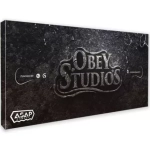 Straight Trade Show Exhibit Booth
Straight Trade Show Exhibit Booth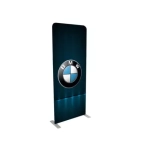 Banner Stand
Banner Stand
 Tent Accessories
Tent Accessories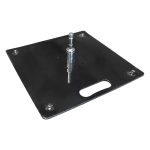 Flag Accessories
Flag Accessories Arch Accessories
Arch Accessories Trade Show Accessories
Trade Show Accessories
